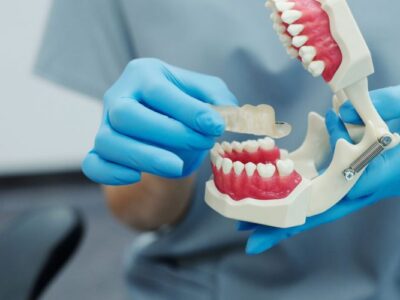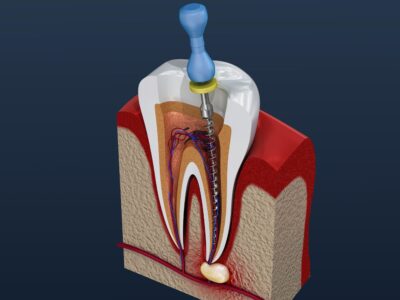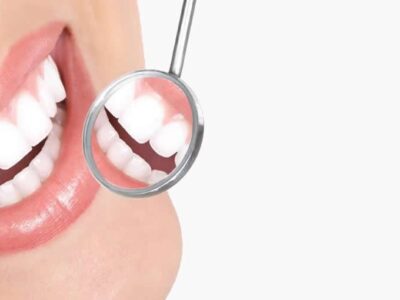
You should consult a cardiologist near me, basically, in two situations: preventive guidance and the treatment of any disease.
I-Preventive Cardiology:
a- Knowing that the leading cause of death currently is due to cardiovascular problems and it seems that this incidence tends to increase, all adults, from 18 years of age, even if healthy, should consult the cardiologist to orient themselves correctly about their cardiac risks and the various current possibilities offered as a preventive treatment.
Despite the high mortality rates from cardiovascular problems, it is essential to clarify that most complications can be avoided when the diagnosis is early, and the patient invests in PREVENTION.
b-Before starting any physical activity
c-Before undergoing any surgical procedure
II- Curative Cardiology
If I don’t have a diagnosis, how do I know my symptoms are heart disease?
The symptoms listed below are those that appear most frequently in heart disease:
How To Know That The Pain Is From The Heart?
The heart is located in the chest, so ischemia, that is, the reduction in the arrival of blood in this organ, can cause pain, discomfort, or pressure anywhere in this region, including the stomach and back. This pain can also radiate to the arms and chin.
Typical precordial pain is overwhelming as if something is squeezing the precordium tightly. It is often accompanied by sweating, pallor, feeling of death, shortness of breath, or difficulty breathing.
How Do You Know That The (Dyspnea) Shortness Of Breath Is Due To A Heart Problem?
It is a respiratory discomfort, causing the patient to increase the frequency and intensity of breathing. Shortness of breath can be due to both lung and heart disease. When it is due to a heart problem, it is usually due to the heart’s inability to pump blood properly, as in heart failure and mitral valve disease. In these situations, the increase in pressure in the heart, more specifically, in the left atrium, transmits this pressure to the lung vessels, and fluid leaks into the lung interstitium. We have:
- Dyspnea on exertion – shortness of breath that occurs as the patient increases physical activity
- Decubitus dyspnea or Orthopnea – when the patient can only sleep with the elevation of the trunk, using several pillows to stay tall. Sometimes patients need to sit on the edge of the bed, with their feet out, to reduce venous return and improve respiratory movements.
- Paroxysmal nocturnal dyspnea – when the patient experiences shortness of breath, accompanied by coughing and frothy expectoration, a few hours after going to bed. It occurs by gradual reabsorption of tissue edema produced during the day.
- Dyspnea in lateral decubitus – shortness of breath when the patient lies down, usually on the left side. It is usually due to pleural effusions or enlargement of the cardiac area, compressing the vena cava and pulmonary veins.











